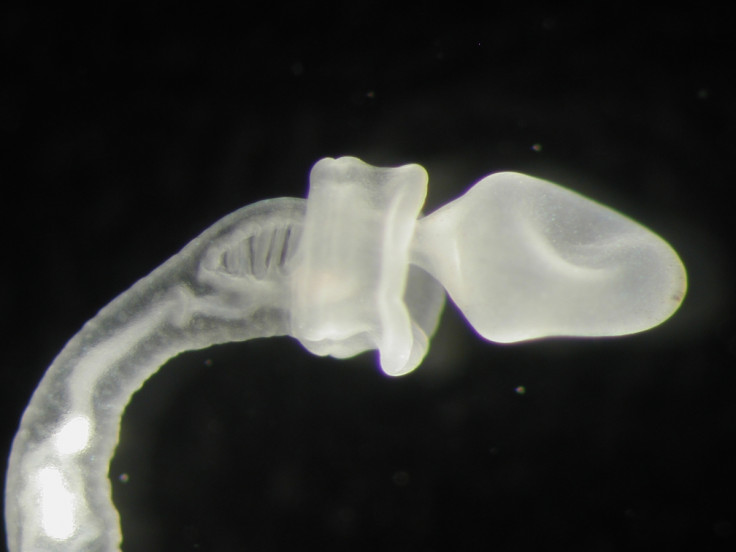Humans share 70% genes with a water worm

Humans share more genes with a water worm than with many other animals, says a Japanese study. Around 8,600 families of genes are shared between the two.
A team from the Okinawa Institute of Science and Technology Graduate University (Oist) and its collaborators showed that acorn worms are our distant cousins after sequencing the genomes of two worm species. The common ancestor of both lived half a billion years ago and handed over approximately 70% of the shared genes. These genes can be found across the animal group deuterostomes, covering acorn worms, star fishes, frogs, dogs and humans.
The work showed how a common pharyngeal gene cluster in the group was responsible for the development of the pharynx, the region that links the mouth and nose to the esophagus in humans. Acorn worms live on the ocean floor and feed by filtering sea water through slits in this same region between mouth and esophagus. These slits and the filter feeding "contributed to our evolution".
The slits are distantly related to the gills of fish and is a feature not shared with flies, octopuses, flatworms or earthworms. The findings from the international collaboration between Oist researchers and teams from the US, UK, Japan, Taiwan and Canada was published in Nature.
The researchers sequenced two distantly related acorn worm species, Ptychodera flava, collected in Hawaii, and Saccoglossus kowalevskii, from the Atlantic Ocean. "Their genomes are necessary to fill the gap in our understanding of the genes shared by the common ancestor of all deuterostomes," explains Dr Oleg Simakov, lead author of this study.
The team compared the acorn worm genomes with those of 32 diverse animals and found that about 8,600 families of genes are homologous or evolutionarily-related, across all deuterostomes. They then inferred their presence in the extinct ancestor.
These 8,600 homologous genes correspond to at least 14,000 genes (accounting for later gene duplication) or approximately 70%, of the current human genome. Human arms, wings of birds, paws of cats and the flippers of a whale are examples of homology, because they all derive from the limbs of a common ancestor. Gene homology relates to shared ancestry in genes.
Clusters of genes discovered to be close together in many of the deuterostome family suggests that the genes function as a unit. One such is the cluster associated with the pharynx in vertebrates and acorn worms. In humans, this cluster is active in the formation of the thyroid glands and the pharynx leading the team to suggest a connection between the function of the modern thyroid and the filter feeding mechanism of acorn worms. The team found that genes critical for transcription and binding could be conserved among the deuterostomes.
© Copyright IBTimes 2025. All rights reserved.





















